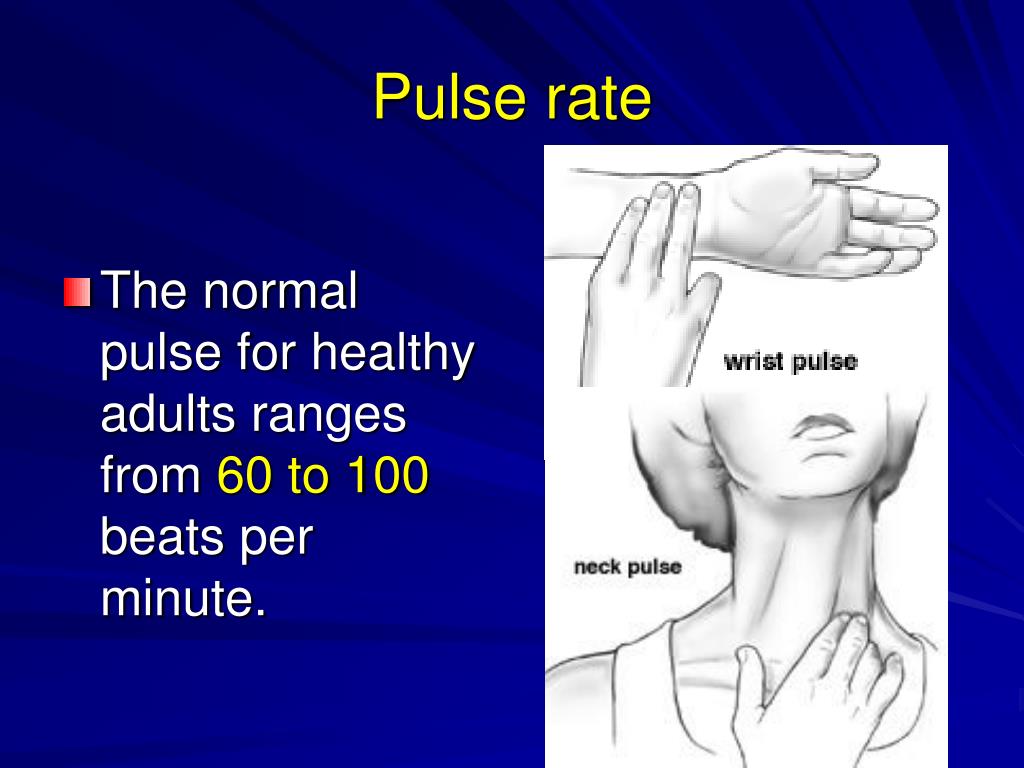

Subjects and Methods The study was carried out in 763 white men and 1175 women aged 65 years or older who were participating in the Cardiovascular Study in the Elderly. Objective To examine the association between heart rate and 12-year incidence rates of total and cardiovascular death in a cohort of elderly subjects stratified by sex. Shared Decision Making and Communication.

Scientific Discovery and the Future of Medicine.Health Care Economics, Insurance, Payment.Clinical Implications of Basic Neuroscience.Challenges in Clinical Electrocardiography.If you have frequent episodes of a very low or unexplained fast heart rate that makes you feel dizzy, weak or causes fainting, please schedule an appointment with the cardiology team at Cardiovascular Associates as this may indicate a health condition. Always talk with your doctor before beginning an exercise program. For starters, you may aim for 50% of the maximum heart rate for your age and gradually build up. If your heart rate is too low though, you may try to increase the intensity of your workout, especially if your goal is to lose weight. If you’re exercising and you noticed that your heart rate is too high, slow down because you’re straining. Read this article to understand more about your blood pressure numbers. Having a higher blood pressure may increase your risk for conditions such as heart attack, heart disease and/or stroke. While your blood pressure varies throughout the day based on the intensity of your activities, your doctor may diagnose you with high blood pressure, also known as hypertension, if your blood pressure is consistently higher than the normal levels. Target Heart Rate (50-85% of the Maximum Heart Rate) If you have a heart condition or are taking medications, please ask your doctor to determine your target and maximum heart rate. You may refer to the chart below for the target heart rate and maximum heart rate per age group. The target heart rate while doing moderate intensity exercises is about 50-70% of your maximum heart rate and about 70-85% of the maximum heart rate for high intensity activities. But it’s good to know that your target heart rate may vary depending on the intensity of your physical activities. What Is Your Target and Maximum Heart Rate?Ī person’s maximum heart rate is about 220 minus their age. Te on the side of your neck, the inside of your elbow or the top of your foot. You may also find a pulse and measure your heart ra Count the number of your pulse for 10 seconds and multiply it by six to find your heart rate.Press your fingertips lightly over the artery.Put the two fingertips of your middle and forefinger on top of the inside of your wrist to feel the pulse.But if you don’t use one, you can also measure it manually by doing the following: You can easily check your heart rate, whether you’re exercising or doing your normal chores, by wearing an activity tracker. For instance, your heart rate increases when you exercise which helps more blood to reach your muscles.Īside from physical activities, your heart rate may also be affected by air temperature, your emotions, your body position, your body size and use of medications. In fact, even when your heart beats above the normal number of times per minute, healthy blood vessels can become larger for easier blood flow. It’s possible for your heart rate to safely increase twice as much as the normal heart rate while your blood pressure only increases a minimal amount. Your heart rate and your blood pressure do not automatically increase at the same rate. The heart rate records the number of times that your heart beats per minute, while your blood pressure quantifies how strong your blood moves through the blood vessels.ĭoes Your Heart Rate Affect Your Blood Pressure? Your heart rate and blood pressure measure two different things, but doctors can use both of them to evaluate certain aspects of your health.


 0 kommentar(er)
0 kommentar(er)
